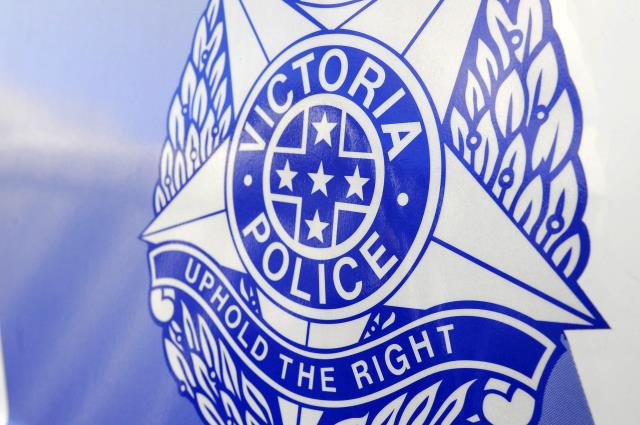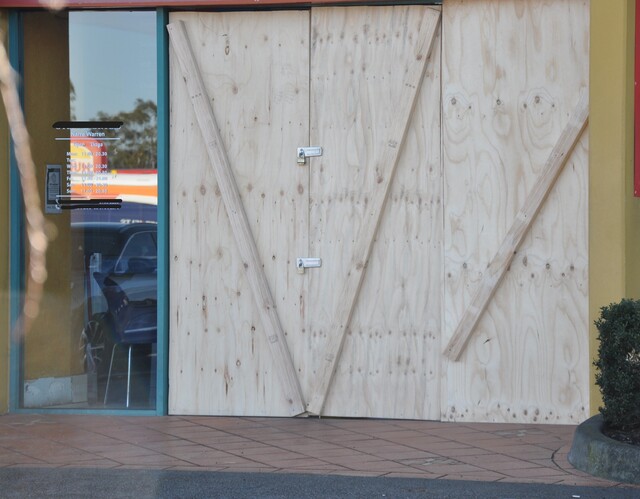By CAM LUCADOU-WELLS
THE DEATH of a Hampton Park man – who was prescribed an unhealthy mix of over-the-counter drugs – has led a state coroner to call for an urgently-needed real-time prescription monitoring system.
Frank Edward Frood, a 47-year-old severe asthmatic, had widespread bronchopneumonia in his lungs when paramedics were unable to revive him on his parents’ lounge room floor on 28 September 2012.
In her report on Mr Frood’s death, Coroner Audrey Jamieson stated that low levels of the synthetic narcotic methadone, sedatives diazepam and oxazepam, the painkiller tramadol, the anti-manic drug olanzapine and ice were detected in the man’s blood.
Mr Frood, a long-term heroin user, was given two supervised methadone treatments a week at Frankston Hospital as well as five unsupervised weekly doses.
A seriously dependent, Mr Frood also “shopped” for prescribed diazepam from Frankston Healthcare and eight doctors from clinics in Hampton Park, Dandenong and Cranbourne in the last six months of his life.
In that time, he was prescribed the equivalent of 360 tablets of diazepam from Frankston Healthcare.
Yet he received scripts for 600 tablets by Frankston Healthcare clinicians despite them noting he was “clearly benzodiazepine dependent and drug seeking”, Ms Jamieson stated.
Ms Jamieson found the prescription of methadone and diazepam may have exarcerbated the worsening of Mr Frood’s respiratory health, though she didn’t find Mr Frood’s death was “preventable”.
“Mr Frood was clearly engaged in prescription shopping and at the time of his death, as is the case even today, there were no effective tools available for prescribing doctors to establish who else a patient had attended for scripts.”
An urgently-needed real-time prescription monitoring (RTPM) system may have picked up his prescription shopping before his death, she stated.
An RTPM could also pick up doctors with “suboptimal” prescribing practices, and provide warnings of potentially harmful drug combinations.
Ms Jamieson noted that 80 per cent of Victoria’s rising rate of overdose deaths involved pharmaceuticals.
“If Victoria continues to link its RTPM efforts with nationally co-ordinated initiatives then there could be ongoing significant delays causing the deaths to continue unabated.”
According to stats cited by the State Coroner, 65 people died of a drug overdose in Casey between 2009/15 – the sixth-highest metro area in the state.
Of those, pharmaceuticals (55) were involved more than illicit drugs (22) or alcohol (12). Some of these deaths included combinations of the three categories.
Among the biggest killers are the anti-anxiety drug diazepam, opioid painkillers such as codeine, methadone and oxycodone, and anti-depressants.
Victorian Alcohol and Drug Association chief executive Sam Biondo said it was time to recognise a “serious problem” – with pharma death numbers rising to 330 in 2015.
In other words, 73 more than the state’s road toll last year.
“I’m not seeing a lot of action by the states or federally, and I’m at a total loss as to why,” Mr Biondo said.
“We have to recognise how our society is being sold a lot of product by Big Pharma. And we are hooked on these products.”
A spokeswoman for Health Minister Jill Hennessy said considerable planning had been done for real-time prescription monitoring.
She said the current government was the first to commit funding – $300,000 – to the system, and had signed up to the Commonwealth’s software to support the system.
“We need to make sure we have the right information and communication technology requirements in place, and that the necessary steps are being taken to prepare the health workforce for the introduction of the monitoring system in their clinical practices.”







